Home>Home Appliances>Home Automation Appliances>What Does “In Recovery” Mean On A Thermostat
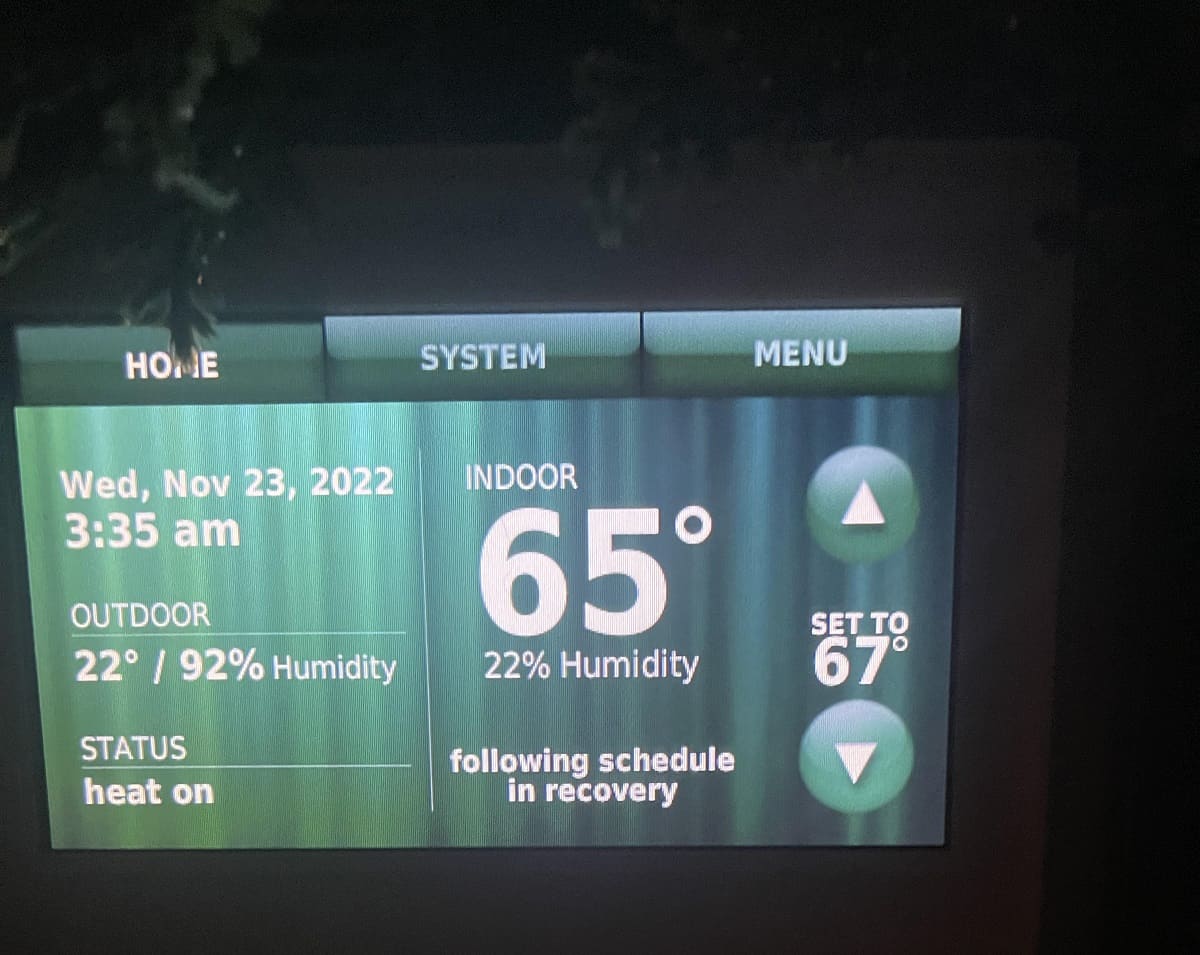

Home Automation Appliances
What Does “In Recovery” Mean On A Thermostat
Published: December 31, 2023
"Understanding the significance of 'In Recovery' on a thermostat in the context of home automation appliances. Learn how it affects your energy usage and comfort."
(Many of the links in this article redirect to a specific reviewed product. Your purchase of these products through affiliate links helps to generate commission for Storables.com, at no extra cost. Learn more)
Introduction
When it comes to modern home automation, the term "In Recovery" often appears in the context of thermostats. This intriguing feature plays a crucial role in optimizing energy usage and maintaining a comfortable indoor environment. Understanding the significance of "In Recovery" on a thermostat involves delving into its functionality, benefits, and limitations. In this article, we will explore the concept of "In Recovery" in depth, shedding light on how it operates, its advantages, and the considerations associated with its usage. By the end of this journey, you will have a comprehensive understanding of what "In Recovery" means on a thermostat and how it impacts your home's heating and cooling system. So, let's embark on this enlightening exploration of a fundamental aspect of modern home automation.
Key Takeaways:
- “In Recovery” on a thermostat helps save energy by gradually adjusting the temperature, making your home comfortable without sudden spikes in energy use. It’s like a smart way to keep your home cozy and eco-friendly!
- While “In Recovery” is great for energy efficiency, it may take some time to get used to and might not work as well with older HVAC systems. It’s like a helpful friend that needs a bit of getting used to and works best with newer stuff!
Read more: What Does “Auto On” Mean On A Thermostat
Understanding “In Recovery”
Before delving into the intricacies of how "In Recovery" functions, it's essential to grasp the fundamental concept behind this feature. In the realm of thermostats, "In Recovery" refers to a mode where the system works to achieve a target temperature at a specific time, typically when the programmed schedule dictates a change in temperature setting. This process involves the thermostat anticipating the desired temperature and engaging in proactive measures to reach that setting at the scheduled time, thereby ensuring that the indoor environment is comfortable when occupants are present.
Essentially, the "In Recovery" mode allows the thermostat to optimize energy usage by pre-emptively adjusting the temperature, minimizing the need for sudden, drastic changes that can lead to excessive energy consumption. By comprehending this concept, homeowners can harness the potential of their thermostat's "In Recovery" feature to create a more energy-efficient and comfortable living space.
How “In Recovery” Works
The functionality of the "In Recovery" feature hinges on the thermostat's ability to anticipate temperature changes and proactively adjust the heating or cooling system to achieve the desired setting at the scheduled time. This process involves a series of intelligent calculations and adjustments based on the programmed schedule and the current environmental conditions.
When a temperature change is scheduled, the thermostat enters the "In Recovery" mode, analyzing factors such as the difference between the current temperature and the target setting, the time remaining until the scheduled change, and the heating or cooling system's performance capabilities. Leveraging this data, the thermostat initiates gradual adjustments to the temperature, allowing the indoor environment to reach the desired setting as the scheduled time approaches.
For instance, if the programmed schedule calls for a temperature increase from 68°F to 72°F at 7:00 AM, the thermostat may begin adjusting the temperature slightly earlier, ensuring that the 72°F mark is reached precisely at 7:00 AM. By employing this proactive approach, the "In Recovery" mode minimizes abrupt temperature fluctuations and optimizes energy consumption, contributing to a more efficient and comfortable home environment.
Furthermore, the "In Recovery" feature takes into account external factors such as weather forecasts and historical usage patterns to fine-tune its adjustments, enhancing its adaptability to dynamic environmental conditions. This intelligent adaptation underscores the sophistication of modern thermostat technology, showcasing its capacity to align with homeowners' preferences and energy-saving objectives.
By comprehending the inner workings of the "In Recovery" mode, homeowners can appreciate the strategic approach it employs to maintain a comfortable indoor climate while promoting energy efficiency.
“In recovery” on a thermostat means the system is working to reach the set temperature at the scheduled time, helping to save energy. It’s normal for the system to start early to reach the desired temperature on time.
Benefits of “In Recovery”
The “In Recovery” feature on thermostats offers a myriad of benefits that cater to both energy efficiency and comfort within the home environment. By harnessing this functionality, homeowners can experience a host of advantages that enhance their overall living experience.
- Energy Efficiency: One of the primary benefits of the “In Recovery” mode is its ability to optimize energy usage. By proactively adjusting the temperature to reach the desired setting at the scheduled time, the thermostat minimizes sudden, drastic changes that can lead to energy spikes. This gradual approach not only reduces energy consumption but also contributes to cost savings on heating and cooling bills.
- Comfort Optimization: The “In Recovery” feature ensures that the indoor environment is at the desired temperature when occupants are present, enhancing overall comfort. By preemptively adjusting the temperature, it eliminates the need for occupants to endure uncomfortable temperature fluctuations during transition periods, fostering a consistently pleasant living space.
- Environmental Impact: Through its energy-efficient operation, the “In Recovery” mode aligns with environmentally conscious practices. By reducing energy consumption and minimizing temperature fluctuations, it contributes to a smaller carbon footprint, reflecting a commitment to sustainability and responsible energy usage.
- Convenience and Adaptability: The proactive nature of the “In Recovery” feature offers convenience and adaptability for homeowners. By automatically adjusting the temperature to align with the programmed schedule, it streamlines the management of indoor climate control, allowing occupants to enjoy a comfortable environment without manual intervention.
- Preservation of HVAC Equipment: The gradual adjustments facilitated by the “In Recovery” mode contribute to the preservation of HVAC (heating, ventilation, and air conditioning) equipment. By avoiding sudden, extreme temperature changes, the system operates more efficiently, reducing wear and tear on components and potentially extending the lifespan of the HVAC system.
These benefits collectively underscore the value of the “In Recovery” feature, positioning it as a pivotal element in the quest for energy-efficient, comfortable, and sustainable home environments. By leveraging this functionality, homeowners can reap the rewards of enhanced comfort, reduced energy expenditure, and a conscientious approach to environmental impact.
Limitations of “In Recovery”
While the “In Recovery” feature offers significant advantages in optimizing energy usage and maintaining comfort, it is essential to acknowledge its limitations and considerations to ensure a comprehensive understanding of its role within the home environment.
- Adaptation Period: The “In Recovery” mode may necessitate an adaptation period for occupants, especially if they are accustomed to manual temperature adjustments. During the transition to automated proactive adjustments, individuals may need time to acclimate to the subtle temperature changes facilitated by the feature.
- System Compatibility: The effectiveness of the “In Recovery” mode is contingent on the compatibility and performance of the HVAC system. Older or less sophisticated systems may exhibit limitations in responding to the proactive adjustments initiated by the thermostat, potentially impacting the feature’s optimization capabilities.
- External Factors: While the “In Recovery” feature accounts for external factors such as weather forecasts, its adaptability to sudden or extreme environmental changes may be limited. Unforeseen weather fluctuations or atypical usage patterns could pose challenges to the feature’s proactive adjustments, necessitating manual intervention in certain scenarios.
- Occupancy Patterns: The effectiveness of the “In Recovery” mode is influenced by the predictability of occupants’ schedules. In households with irregular or unpredictable occupancy patterns, the feature’s proactive adjustments may encounter challenges in aligning with the desired temperature settings at scheduled times.
- Customization Complexity: Some thermostat models may present complexities in customizing the “In Recovery” settings, potentially requiring a nuanced understanding of the device’s programming interface. This could pose challenges for users seeking to tailor the feature to their specific preferences and lifestyle patterns.
By acknowledging these limitations and considerations, homeowners can approach the integration of the “In Recovery” feature with informed perspectives, understanding the potential challenges and nuances associated with its implementation. While the feature offers substantial benefits, a nuanced approach to its utilization can enhance its efficacy and align it with the unique dynamics of individual households.
Read more: What Does Heat Override Mean On A Thermostat
Conclusion
The concept of “In Recovery” on a thermostat embodies a sophisticated approach to energy-efficient climate control within modern homes. By understanding the intricacies of this feature, homeowners can harness its proactive adjustments to optimize energy usage while maintaining a comfortable indoor environment. The proactive nature of “In Recovery” aligns with the evolving landscape of home automation, offering a seamless and intelligent approach to temperature management.
As we’ve explored, the benefits of “In Recovery” encompass energy efficiency, comfort optimization, environmental responsibility, convenience, and potential HVAC equipment preservation. These advantages underscore the feature’s significance in promoting sustainable and comfortable living spaces, aligning with the aspirations of homeowners seeking to balance comfort with energy-conscious practices.
However, it is crucial to recognize the limitations and considerations associated with “In Recovery,” encompassing adaptation periods, system compatibility, external factors, occupancy patterns, and customization complexities. By acknowledging these aspects, homeowners can approach the integration of this feature with a nuanced understanding, optimizing its efficacy within their unique household dynamics.
In essence, “In Recovery” on a thermostat represents a pivotal element in the pursuit of energy efficiency, comfort, and sustainability. Its proactive adjustments, when harnessed effectively, contribute to a harmonious synergy between environmental responsibility and enhanced living experiences. As home automation continues to evolve, the “In Recovery” feature stands as a testament to the potential of intelligent climate control, empowering homeowners to cultivate energy-efficient, comfortable, and environmentally conscious living spaces.
By embracing the concept of “In Recovery” and its implications, homeowners can embark on a journey towards a more refined and conscientious approach to indoor climate management, reaping the rewards of enhanced comfort, reduced energy expenditure, and a sustainable lifestyle.
Frequently Asked Questions about What Does "In Recovery" Mean On A Thermostat
Was this page helpful?
At Storables.com, we guarantee accurate and reliable information. Our content, validated by Expert Board Contributors, is crafted following stringent Editorial Policies. We're committed to providing you with well-researched, expert-backed insights for all your informational needs.
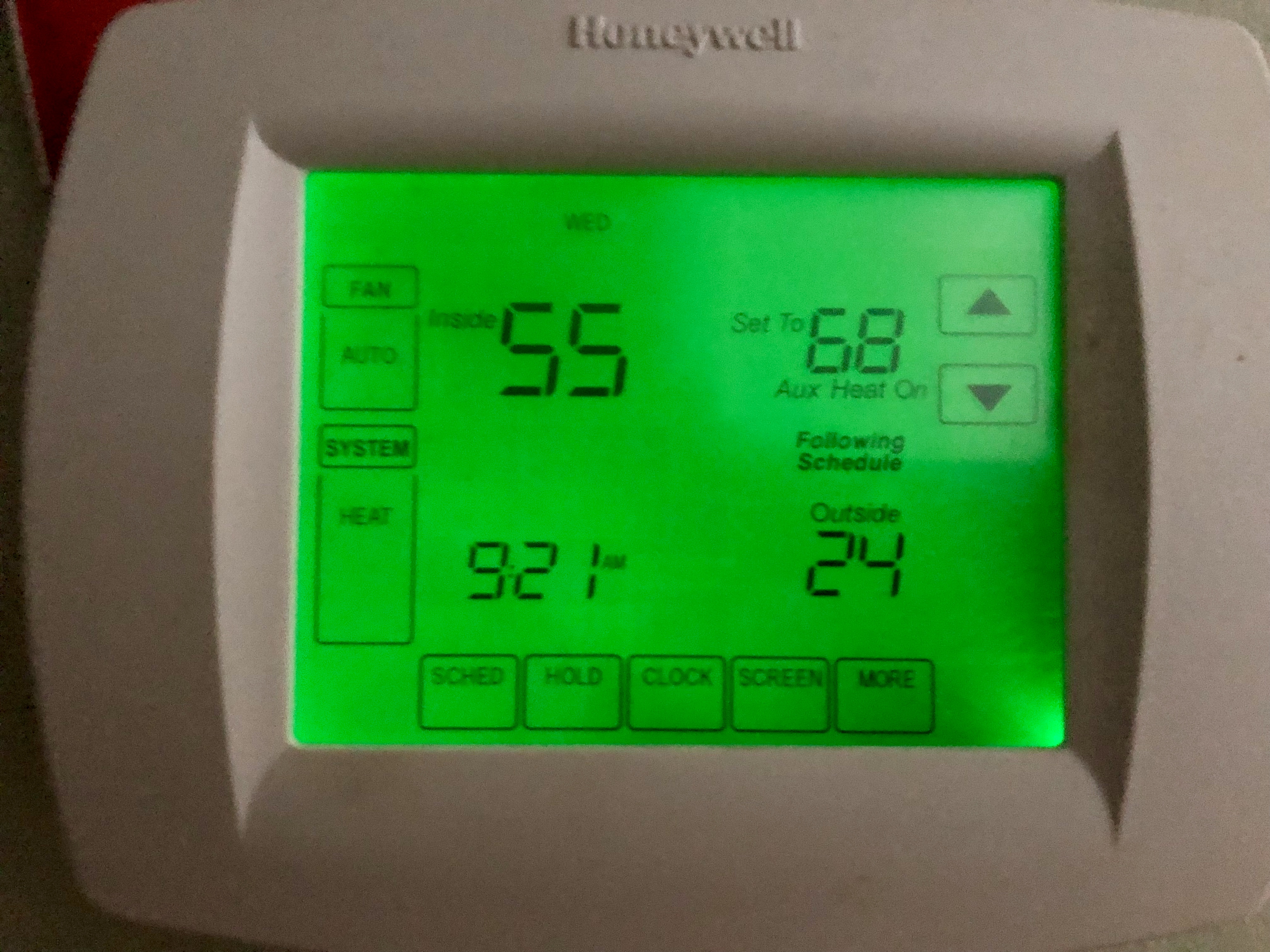
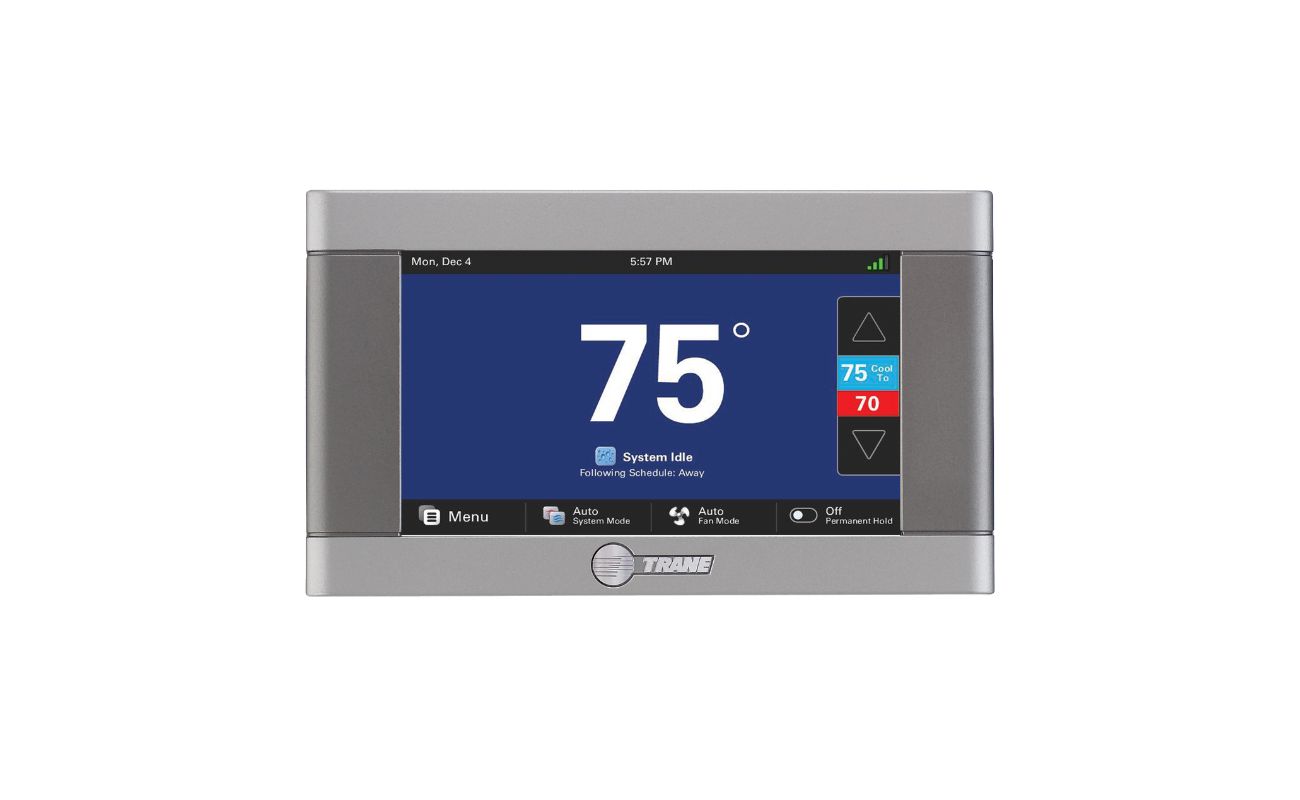
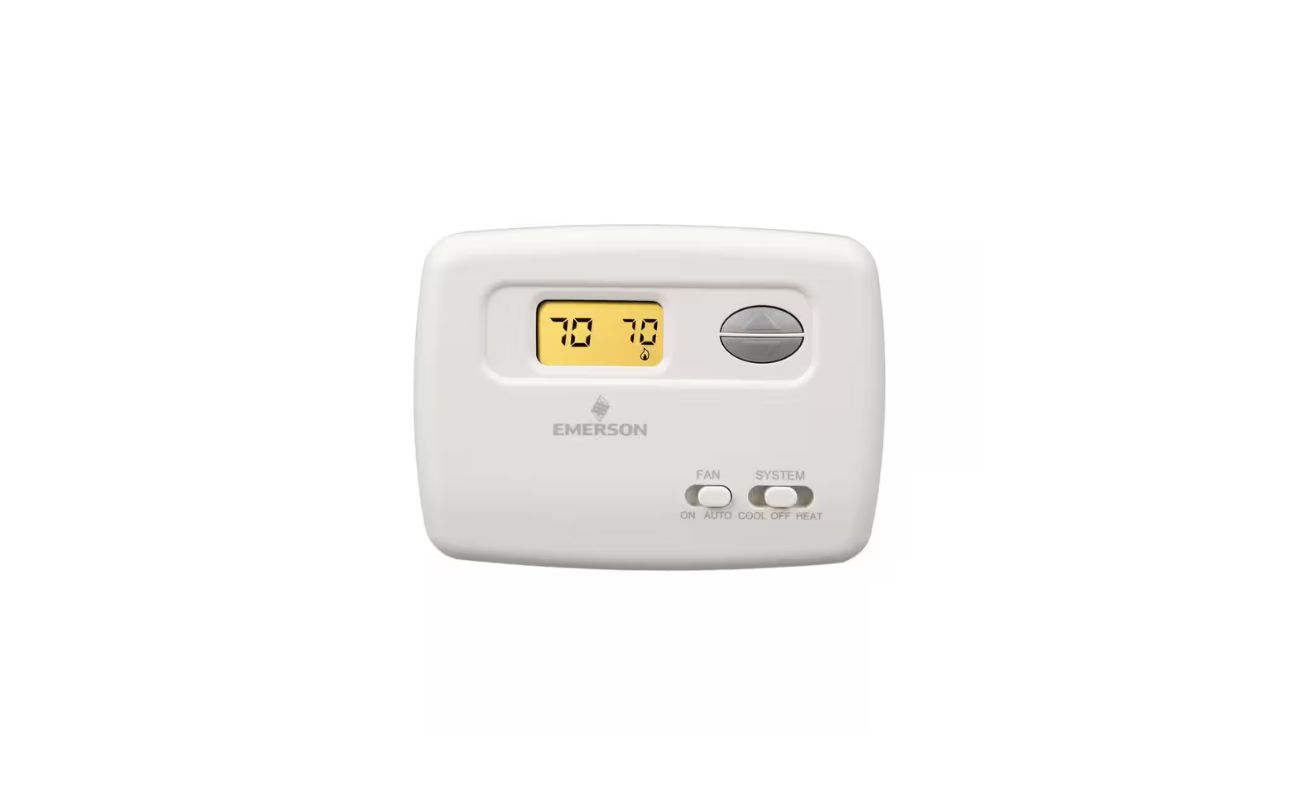
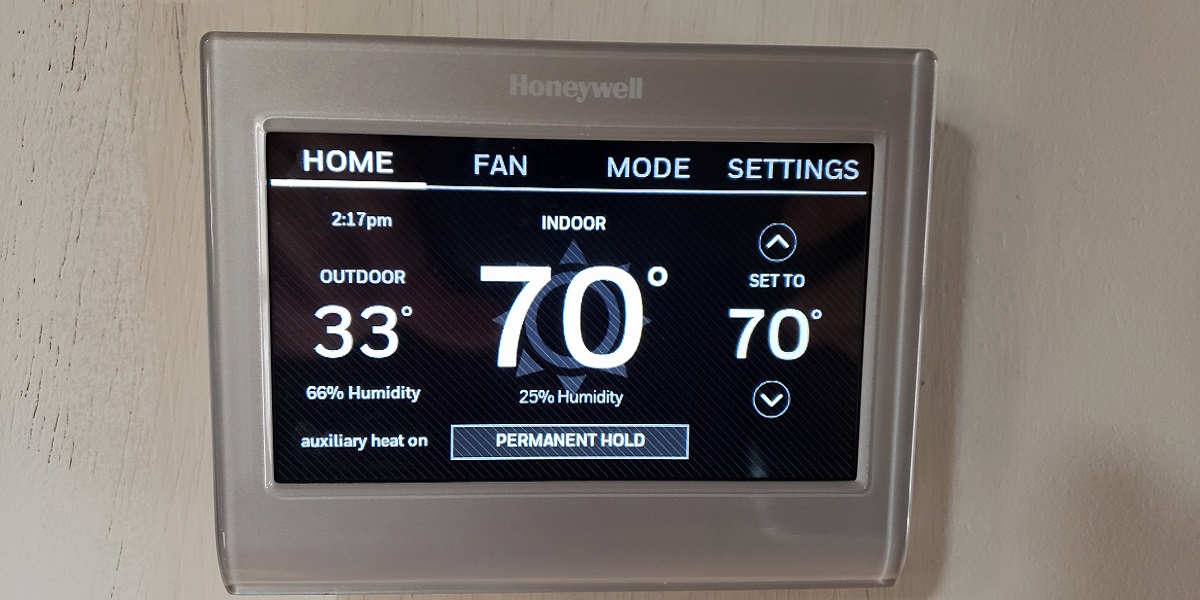
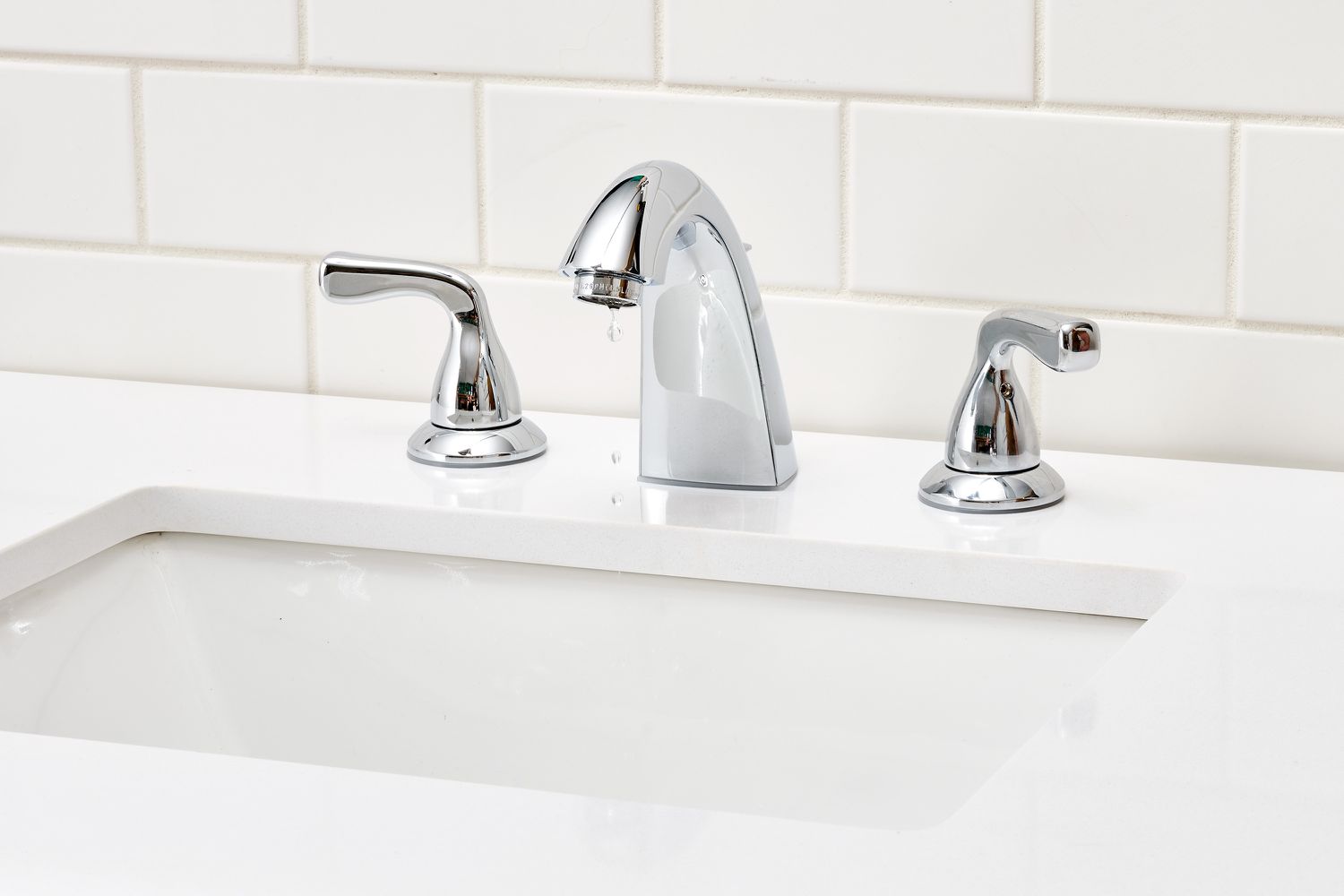




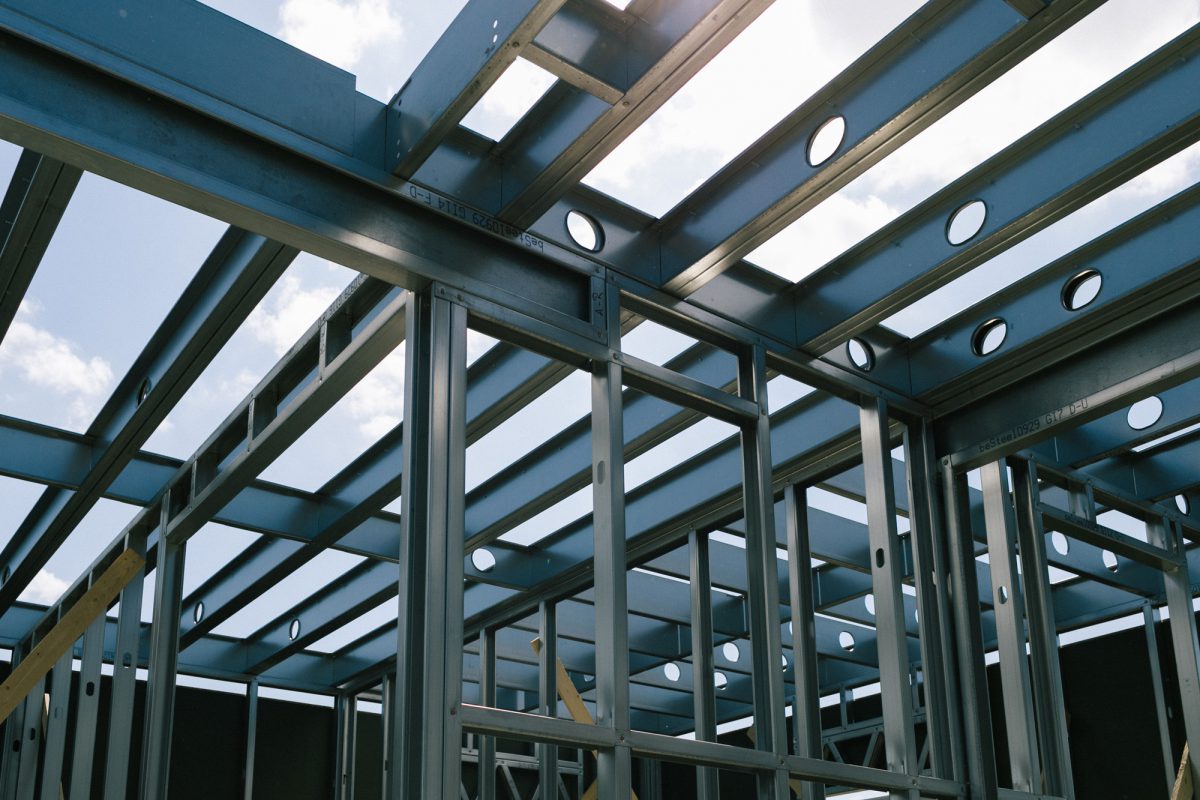



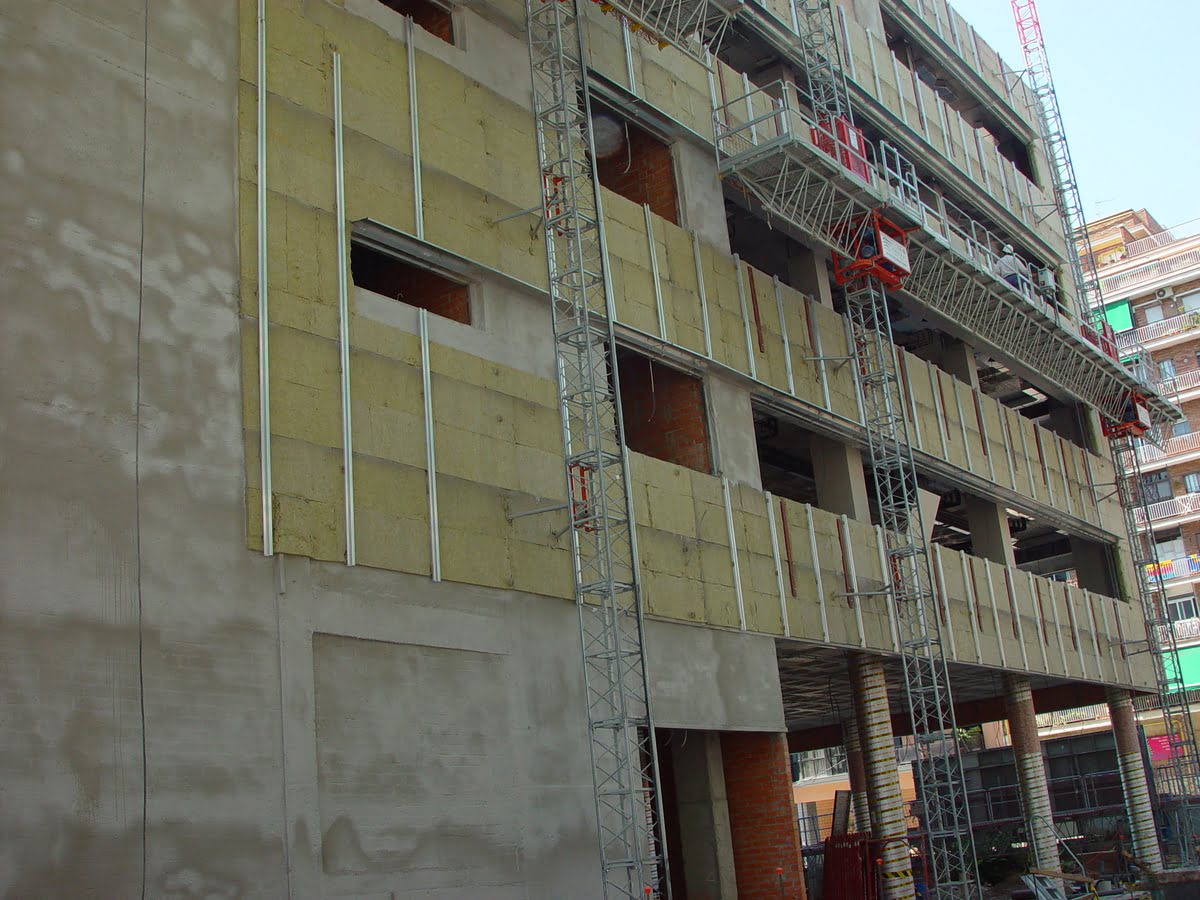

0 thoughts on “What Does “In Recovery” Mean On A Thermostat”